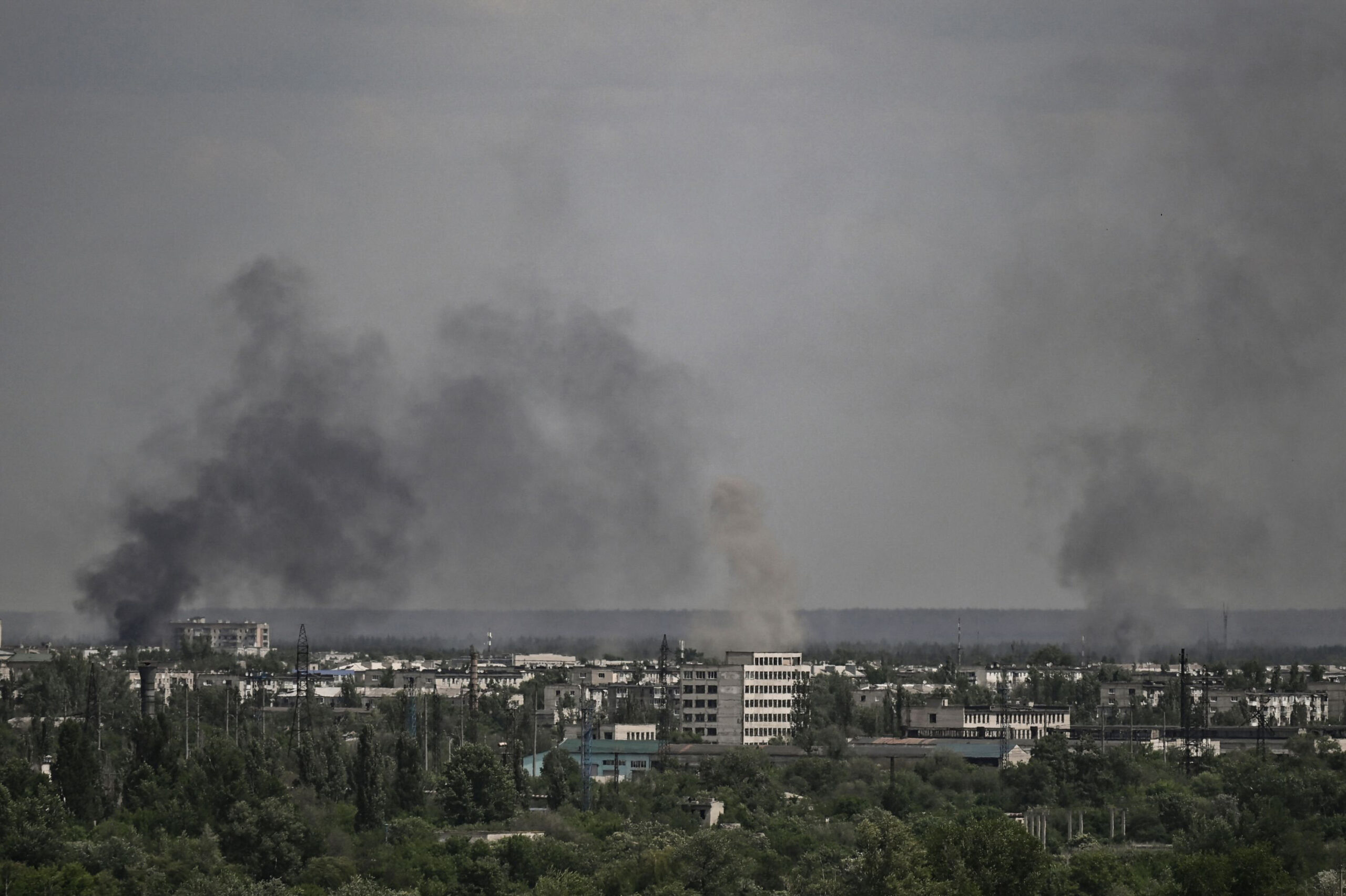Ukraine’s military reported that 33 rockets were fired by Russian forces at civilian locations in the Ukrainian city of Kherson in the 24 hours leading up to early Wednesday as fighting grew more intense as Russia sent more tanks and armoured vehicles to the front lines.
In its morning report, the General Staff of the Ukrainian Armed Forces claimed that Russian forces were using mortars and artillery to assault residential areas on the right bank of the Dnipro River close to Kherson.
Russia denies deliberately aiming for civilians. Reuters was unable to quickly confirm the reports.
The 11-month battle saw one of Ukraine’s biggest victories when Russian soldiers withdrew from Kherson last month. However, as the severe winter weather came in, fighting has reached a sluggish, grinding phase.
Oleh Zhdanov, a Ukrainian military analyst, stated that although there hasn’t been much of a shift on the front lines, the enemy has increased pressure using both more personnel and more of both different kinds and quantities of weaponry.
As a result of Russia’s use of armoured vehicles and tanks, Zhdanov claimed that the battle had become more intense.
The region around the bombed-out ghost town of Bakhmut, which Russia has been trying to storm for months at great human cost, and farther north in the cities of Svatove and Kreminna, where Ukraine is trying to breach Russian defensive lines, have seen the most intense combat.
A massive residential building in Bakhmut, which had 70,000 residents before the conflict but is now in ruins, had fires going when Reuters reporters arrived on the scene. The majority of buildings had their windows blown out, and debris covered the streets.
“Our building is completely gone. Our building once housed a shop, but it is no longer there “Oleksandr, 85, stated that he was the only person still living there.
Pilaheia, 73, a nearby resident, claimed to have become accustomed to the “continuous explosions” over time.
On February 24, Russian President Vladimir Putin declared the invasion of Ukraine to be a “special military operation” with the goal of “denazifying” his neighbour, whom he claimed posed a threat to Russia.
Russia had planned to conquer Ukraine in a matter of days, but in the spring, its forces were routed near Kyiv’s capital city, and in the autumn, they were had to withdraw from other places.
For the first time since World War Two, Putin recalled hundreds of thousands of reservists in response.
RUSSIAN RETALIATES OVER PRICE CAP
Putin responded on Tuesday against a price ceiling placed on its oil by Western nations, announcing that Russia would forbid oil deliveries to nations that adhere to the cap’s Dec. 5 imposition.
The cap, which was unheard of even during the Cold War between the West and the Soviet Union, is intended to stymie Russia’s military actions in Ukraine without disturbing markets by actually cutting off its oil supply.
Oil traders must agree to refrain from paying more than $60 per barrel for Russian seaborne oil in order to maintain access to Western funding for such essential elements of international shipping as insurance under the cap.
While it is still somewhat below the prices at which Russia was able to sell its oil for the majority of the previous year, when windfall energy revenues helped it lessen the effects of financial sanctions, this is close to the price at which Russian oil is currently being sold.
Putin’s proclamation banning the sale of oil was justified as a direct reaction to “activities that are unfriendly and contrary to international law by the United States and foreign states and international organisations joining them.”
From February 1 to July 1, 2023, the prohibition would prevent crude oil sales to nations taking part in the price cap. On a date to be determined by the government, a separate ban on refined oil products like gasoline and diesel would go into effect. Putin would have the power to disregard the restrictions in unique circumstances.
After Saudi Arabia, Russia is the second-largest oil exporter in the world, and any serious disruption in its sales would have significant effects on the world’s energy supplies.
PROMOTING PEACE PLAN
In recent days, Putin has frequently expressed his willingness for peace discussions in public remarks.
However, his foreign minister Sergei Lavrov made it plain that Russia had prerequisites, including that Ukraine recognise the armed annexation of roughly a fifth of Ukrainian land.
Ukraine claims it would never consent to give up land.
Zelenskiy has been supporting a 10-point peace plan, speaking with U.S. President Joe Biden about it among other people, and encouraging world leaders to attend a Global Peace Summit.
Tuesday night, Zelenskiy stated in a late-night speech that the military command had “identified the steps to be done in the near future” during a meeting.
“We will keep putting the military and Ukraine’s security through its paces in preparation for 2019. This year will be pivotal. Winter’s dangers are ones we are aware of. We know what needs to be accomplished in the spring, “he stated.
